How to Make a Subway Map with John Tauranac
Hear from an author and map designer who has been creating maps of the NYC subway, officially and unofficially, for over forty years!


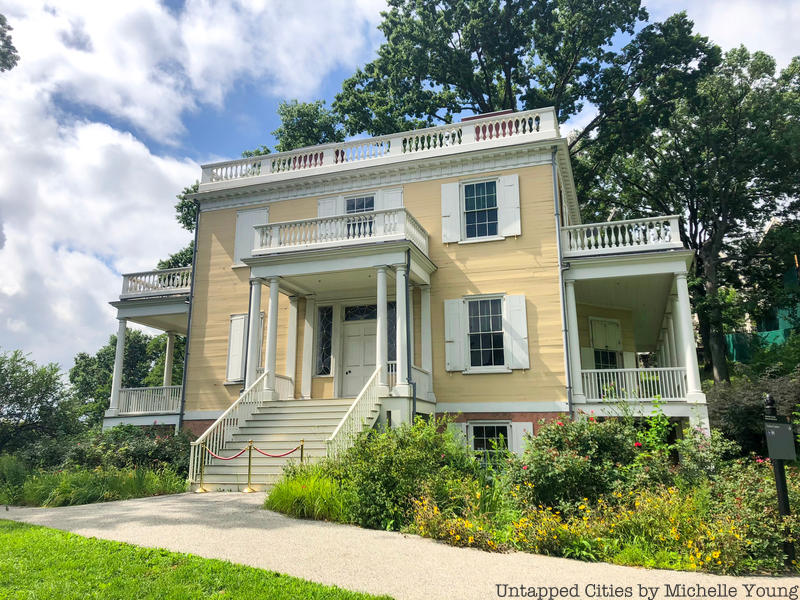
Since “Hamilton,” the hit musical following the peaks and valleys of Alexander Hamilton’s life, graced Broadway in August 2015, Alexander Hamilton, born in 1755, found a revival in pop culture. Few, however, know the secrets of the house some believe to be the only home Hamilton owned: Hamilton Grange.
Since Alexander Hamilton and his wife often spent time apart from each other, they sent letters to each other to stay in touch. According to the Museum of the City of New York, Hamilton wrote to Elizabeth about his “sweet project.” Once reunited, he revealed his plans for this country home, built in 1802 in Hamilton Heights by John McComb Junior. Now considered a National Memorial, the lower level of the home contains a theater, visitor center, and exhibit space that are open to the public for free. On February 10th, join Untapped New York Insiders for a tour of the home’s historical rooms on the first floor, an area only accessible on a ranger-led tour!
Ranger-Led Tour of Hamilton Grange
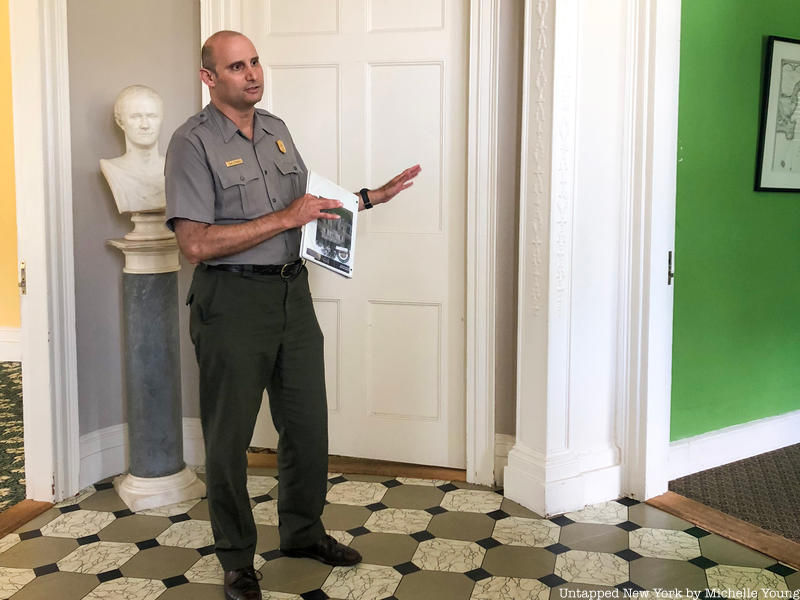
This tour is free for Untapped New York Insiders. Not a member yet? Get your first month of Insider membership for free when you sign up using the code JOINUS. Registration for tickets to this tour opens on January 26th at 12PM ET. Read on for a sneak peek of what you’ll see inside the home!
Top Articles By Untapped New YorkRead More
New Podcast: The Black Angels of Staten Island Who Helped Find the Cure for Tuberculosis - Untapped New York
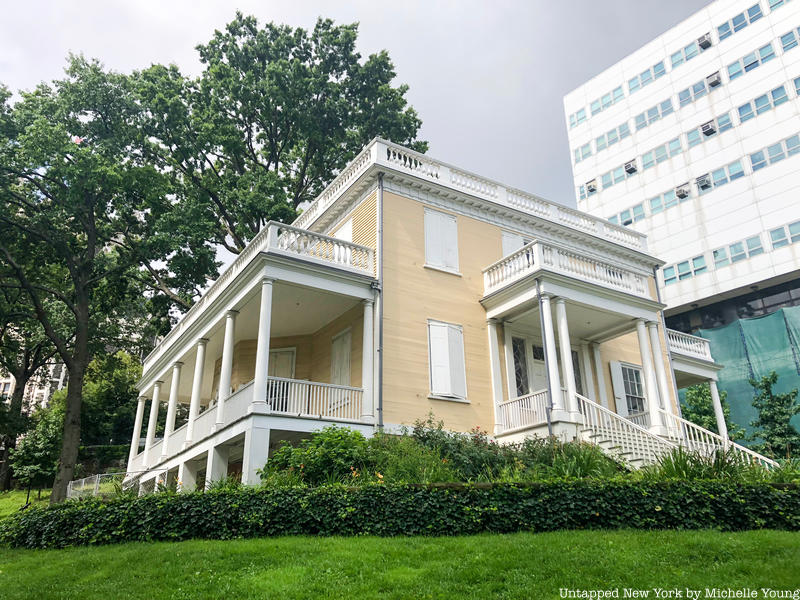
Originally built on 32 acres of land in upper Manhattan, Hamilton Grange has since moved in response to the growth of New York City (something not too uncommon here!). Initially located at what is currently 143rd Street until 1889, Hamilton Grange was moved a half block east and two blocks south. It was here that the house survived until 2008 when National Memorial officials moved the home to St. Nicholas Park, a location within the 32 acres of land on which Hamilton Grange was originally located.
During the first relocation, the original porches and staircase were removed and the front entrance was boarded up. However, the house was restored to its original condition when it moved to its current location. During this second relocation, it was lifted ten feet in the air and moved down the street. Although the home is oriented so it can have a better view from the street, it appears nearly as it did when it was built in 1802.
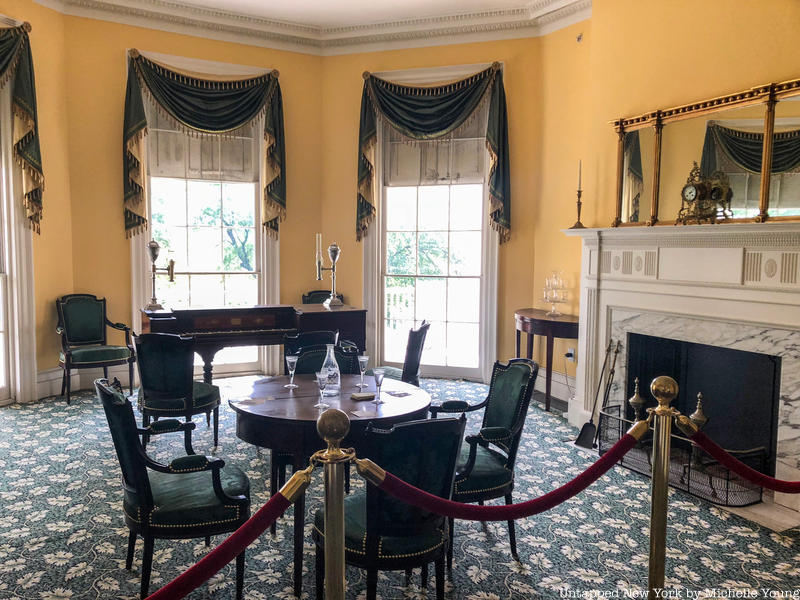
Although Hamilton frequented significant public spaces, such as the First Bank of the United States and Federal Hall on Wall Street, Hamilton Grange is the only property Hamilton owned. After marrying Elizabeth Schuyler, he moved into the Schuyler Mansion in Albany, New York. From 1780 to 1802, he often spent time here with his family.
However, as an influential politician in the city of New York, Hamilton needed his own country home. This is why he commissioned Hamilton Grange in a location that was once nine miles north of city limits. After the home was completed, Hamilton moved there with Elizabeth and their seven children. Their eighth child, Philip Hamilton died in a duel a year before the home was finished.
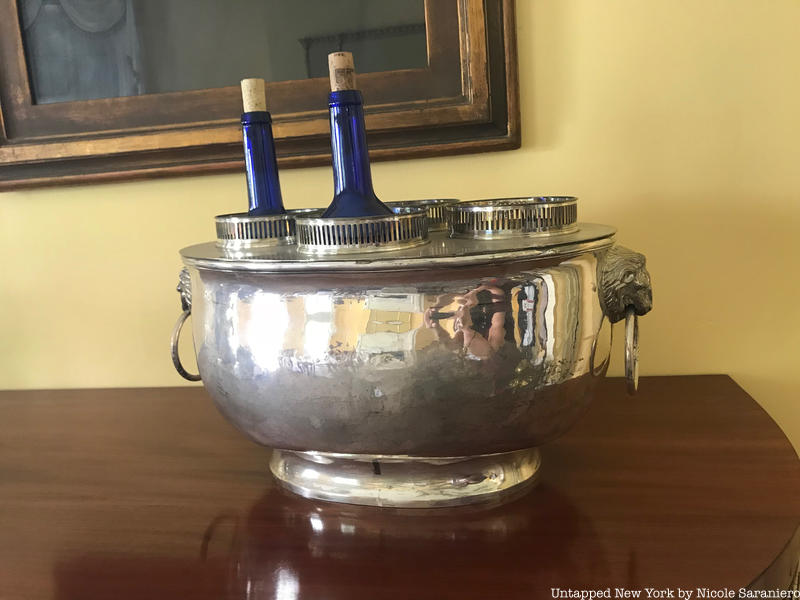
Various objects from Hamilton’s life sit in Hamilton Grange for visitors to see. In addition to a Sheraton Mahogany Pianoforte given to one of Hamilton’s daughters by Angelica Schuyler Church, a silver cooler gifted to Hamilton by George Washington is also in the Grange. The cooler, sandwiched between two silver lions holding pendant ring handles, is now worth $400,000 to $600,000.
On the front of the cooler are the words “I pray you to present my best wishes, in which Mrs. Washington joins me to Mrs. Hamilton, and the family, and that you would be persuaded that with every sentiment of the highest regard,
I remain your sincere friend, and affectionate humble servant,” inscribed in the silver. You can also find tributes to Hamilton in other locations in New York City, such as a statue of him in Central Park and the Hamilton Fountain in Riverside Park.
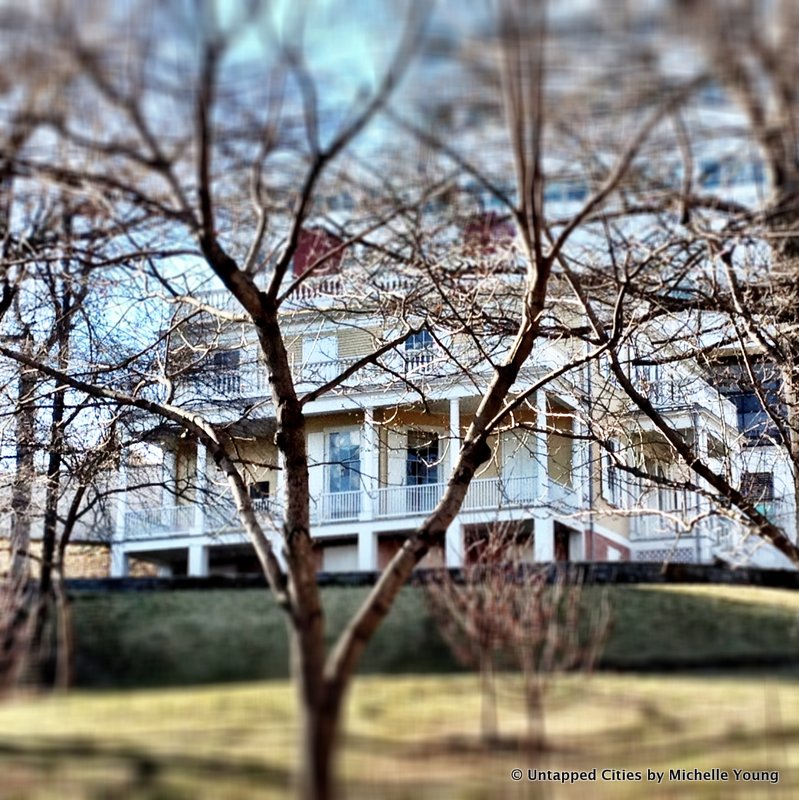
Hamilton was born in the West Indies, but had Scottish roots. James Hamilton, his father, was born in Scotland and later moved to the West Indies where he had an affair with Rachel Fawcett Lavien who had Hamilton out of wedlock. Hamilton named the Grange with his father in mind, who was a member of the Hamiltons of Grange in Scotland.
Alexander Hamilton and Elizabeth Pollock, Hamilton’s grandparents, resided in the Kerelaw Castle. Following Hamilton’s death, many of his descendants visited this castle in his honor, noting the stone walls covered in ivy. Although this ivy contrasts with the pastel yellow exterior of Hamilton’s Grange, both styles exhibit their own nobility.
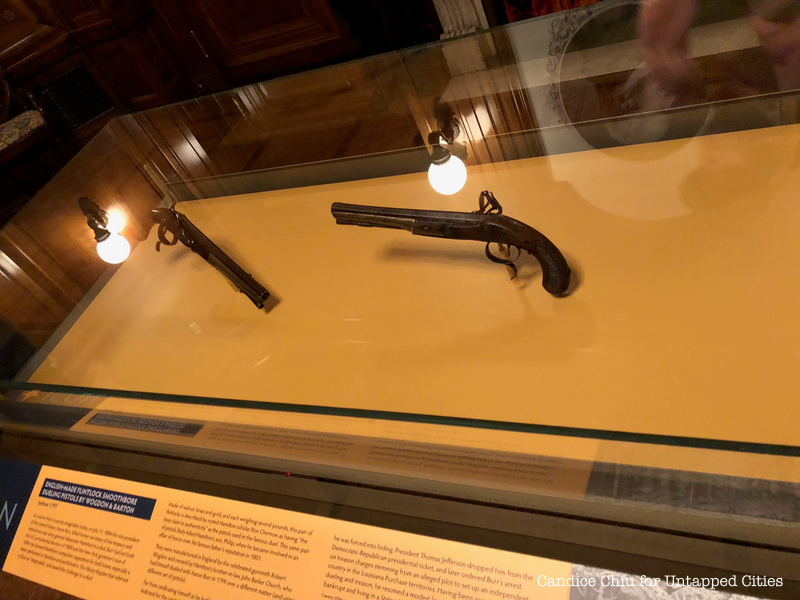
Although Hamilton had boundless excitement regarding his country home, he only lived two years following its completion. His death, immortalized in the musical devoted to his life, occurred in 1804 at the hands of Aaron Burr. As Burr sings in the song “The World Was Wide Enough,” “I strike him right between his ribs / I walk towards him, but I am ushered away / They row him back across the Hudson,” he recounts the death of an American politician and father. Now, Hamilton fanatics can visit the place of his death in Weehawken, New Jersey. Hamilton was indeed rowed across the Hudson and taken to the Bayard Mansion at 80-82 Jane Street after and Angelica Schuyler and Eliza Hamilton “were both by his side as he died” here, as sung in “The World Was Wide Enough.”
After Hamilton died in 1804, Elizabeth Schuyler Hamilton devoted her life to preserving Hamilton’s legacy. Although there were two years of memories shared with her late husband in Hamilton Grange, Schuyler Hamilton lived in his “sweet project” for nearly 30 years following his death. In these years, she established The Hamilton Free School, a school for students who could not afford public education, and the Orphan Asylum Society, New York City’s first private orphanage.
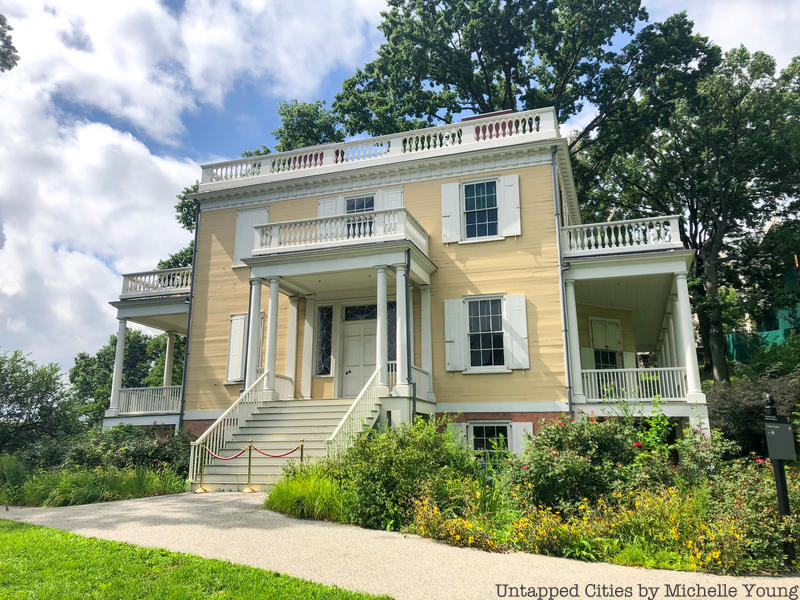
After Elizabeth Schuyler Hamilton sold Hamilton Grange in 1833, the home grew dusty and began to fall apart, nearly being bulldozed as New York City expanded north. However, St. Luke’s Episcopal Church saw value in Hamilton Grange and moved the home away from the land that would be bulldozed. The move was complicated, and Hamilton Grange had to be literally lifted over the church for the move.
After saving Hamilton Grange, St. Luke’s Episcopal Church used the property for their own purposes. Although they built their own church next to the property, they temporarily used the Grange as a worship space. The American Scenic and Historic Preservation Society purchased Hamilton Grange in 1924, morphing it into a museum to honor the man who commissioned the home. Today, the National Park Service runs the site.
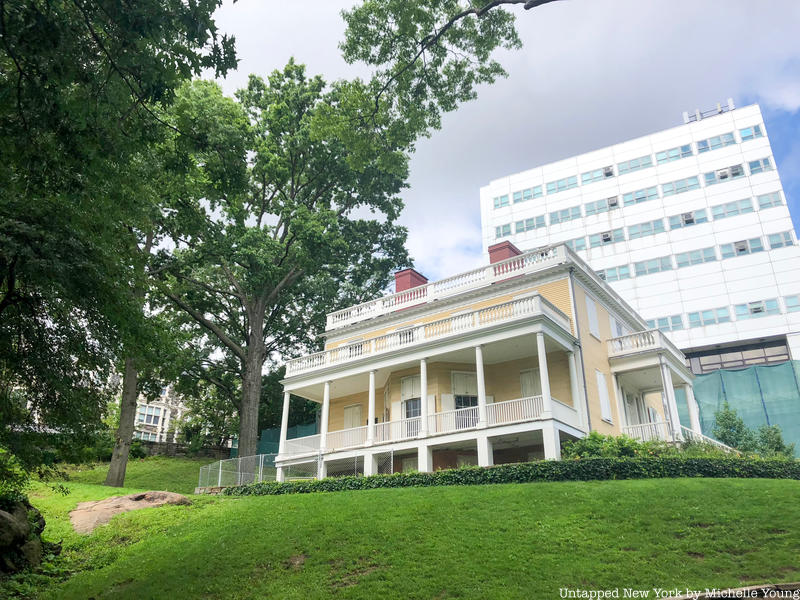
When Hamilton initially moved into Hamilton Grange, he planted 13 sweet gum in honor of the 13 original American colonies. Although those trees no longer exist due to the two relocations of the home, the National Park Foundation planted a new collection of 13 sweetgum trees in honor of the original 13 Hamilton planted.
Sweetgum trees are native to southeastern United States, but Hamilton enjoyed the trees enough to plant them in a political statement. Sweetgum trees prefer swampy lowlands and forested areas, but Hamilton planted them too high, prompting their eventual death. The New York State Legislature passed a bill to buy the land and save the trees, but they still died in spite of these efforts.
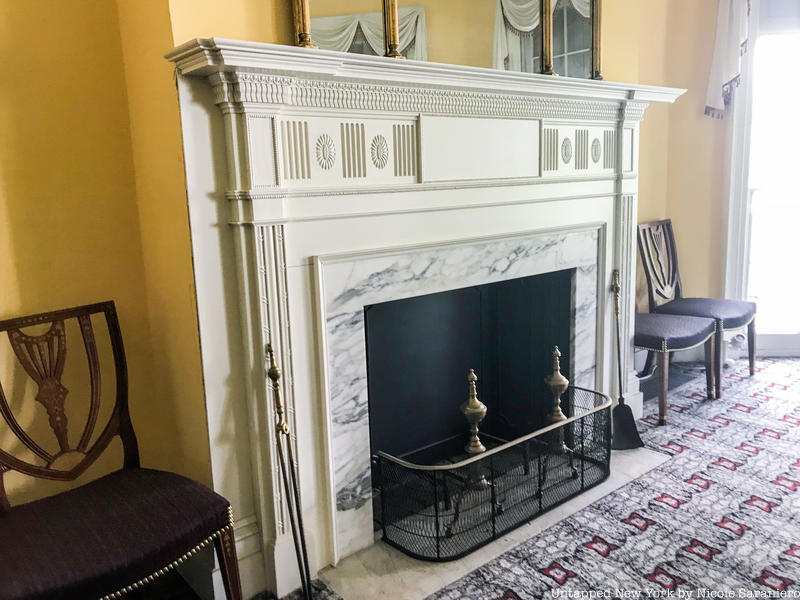
When John McComb Junior designed the Grange, he desired symmetry. In order to create a balanced aesthetic, the home has four chimneys. However, when visitors enter the property, it becomes clear that there are only two fireplaces. Two of the chimneys are for show! Visitors can observe both the exterior and interior of Hamilton Grange in order to figure out which chimneys are fake. These chimneys are in the middle of the roof, appearing as four peaks in a square formation atop the home.
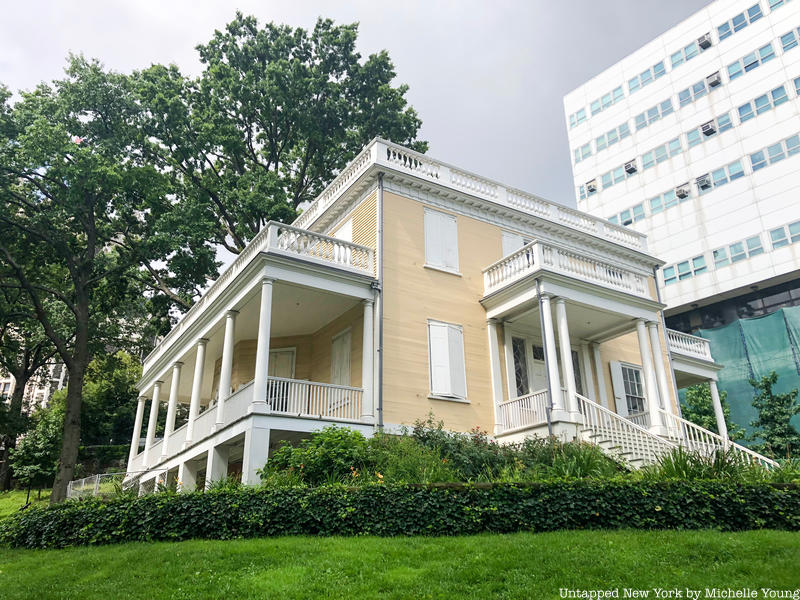
The garden, which Hamilton wished to be 18 feet in diameter, sits in front of the home. Although Hamilton wanted the garden to have nine tulips, nine lilies, nine hyacinths, and nine of another flower that his gardener could choose, many more flowers exist in the current garden.
As Hamilton wished, there are now lilies and hyacinths that blossom each spring and various types of daffodils. In addition to the circular garden, visitors can find Viola Sororia, Winter Camellia, and Virginia Bluebells in the East Front Garden, West Front Garden, and Pathway Gardens. As visitors enjoy the gardens, they can find up to 40 types of tulips.
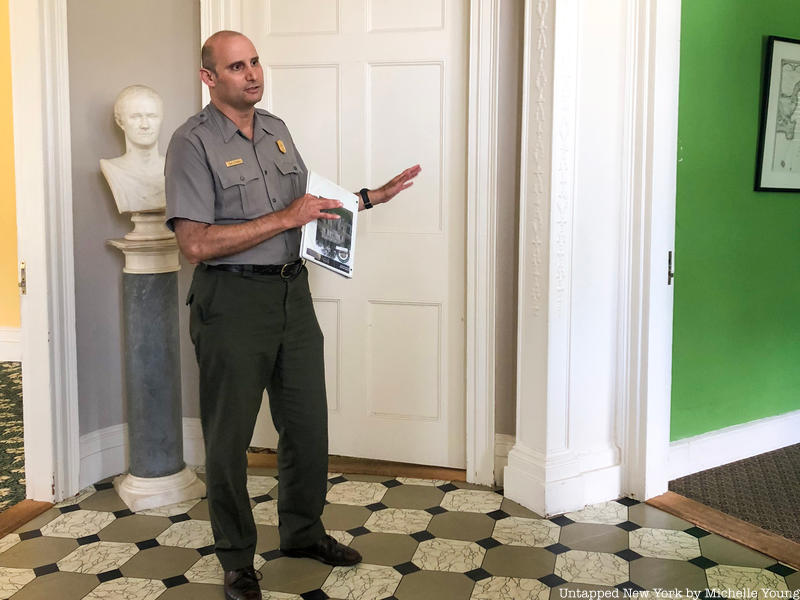
When visiting Hamilton Grange, visitors can explore the basement of the historic home where there are exhibits, a theater, and a bookstore. Above this level, on the first floor or main, you can see rooms that have been historically restored to how they would have appeared and functioned when the Hamiltons lived there on a ranger-led tour. Join Untapped New York Insiders for a tour on February 10th! The second floor is not open because the private chambers are now offices for the National Park Service.
Ranger-Led Tour of Hamilton Grange
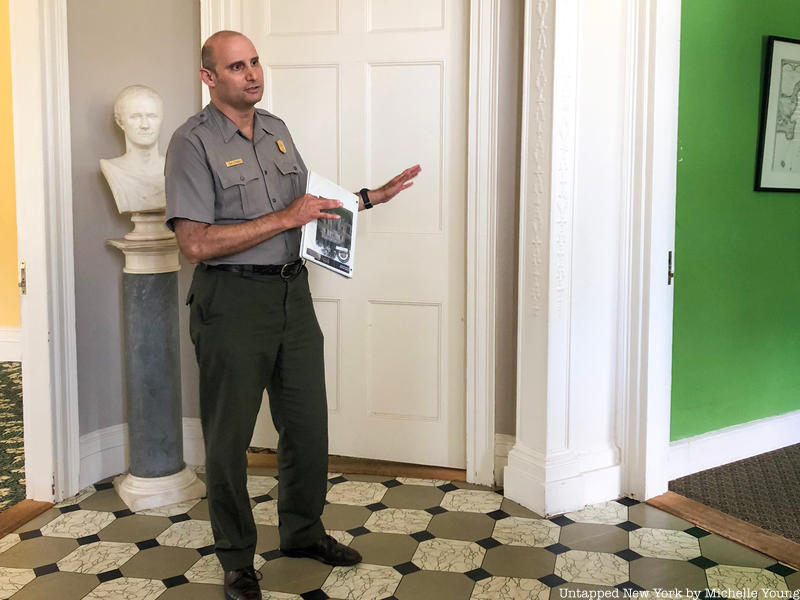
During the tour, National Park Rangers tell visitors about changes endured by the Grange and its origins. The tour begins in the basement of the Grange where there is a gift shop and the former kitchen and moves to the main floor.
Next, check out 10 real-life locations in the show Hamilton!
Subscribe to our newsletter